Congratulations to the poster prize winners at VINSE NanoDay
Each year, Vanderbilt University arrange an annual forum called VINSE NanoDay for members of the VINSE community engaged in nanoscience and nanotechnology research to engage in presentations, posters and discussions. Nanoscale Horizons, Nanoscale and Nanoscale Advances were delighted to sponsor poster prizes at the 2024 edition of VINSE NanoDay. Congratulations to our winners and find out more about some of them below:

Emanuela Riglioni is a first-year graduate student in the Interdisciplinary Materials Science PhD program at Vanderbilt University. Originally from Italy, she graduated summa cum laude from Xavier University of Louisiana with a bachelor’s degree in chemistry. During her undergraduate studies, Emanuela worked on developing polymers for Li-ion batteries and performed computational analyses of 2D MXenes for catalytic applications. Currently, her research focuses on exploring the intersection of semiconductors, photonics, and 2D materials. Emanuela’s interdisciplinary approach aims to drive innovations in materials science and contribute to addressing global challenges through cutting-edge technology. Emanuela was awarded a prize for her poster entitled, ‘Optimization of Etch, Release, and Transfer of GaN HEMTs Devices’
|



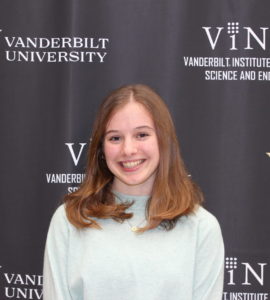
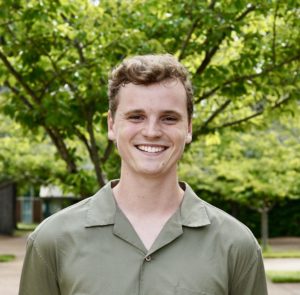
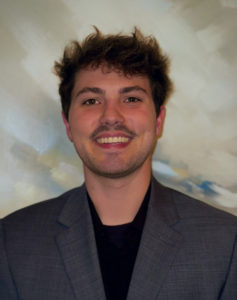

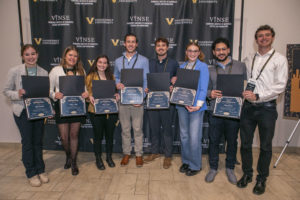
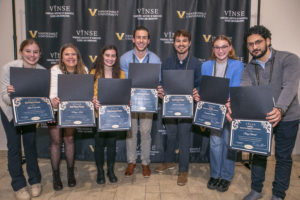









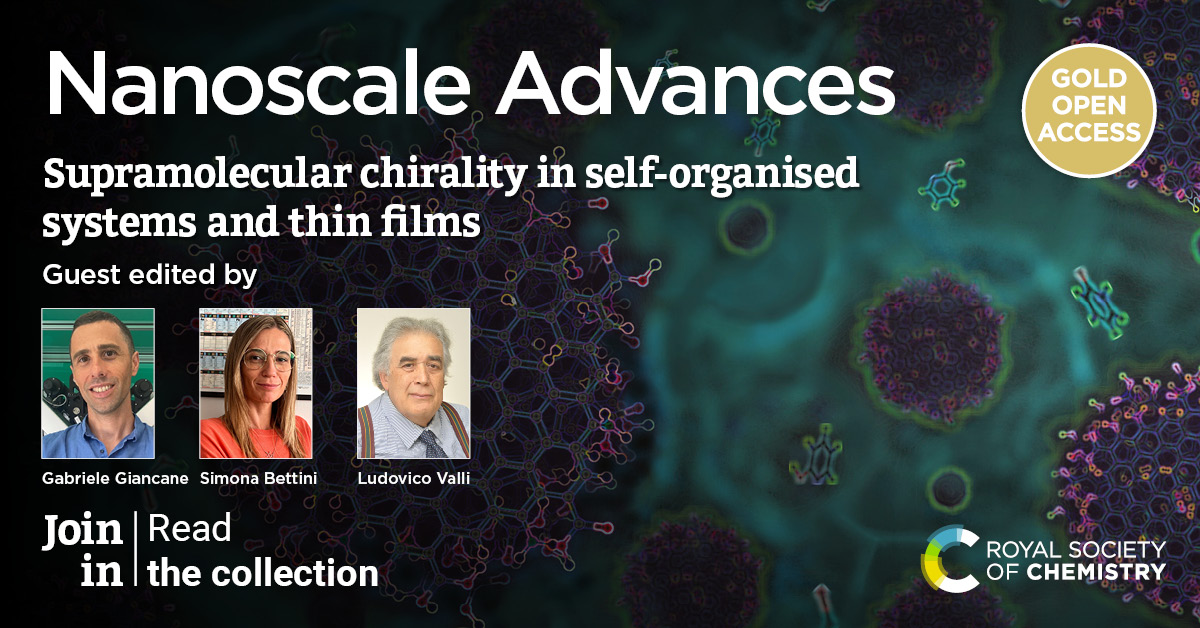

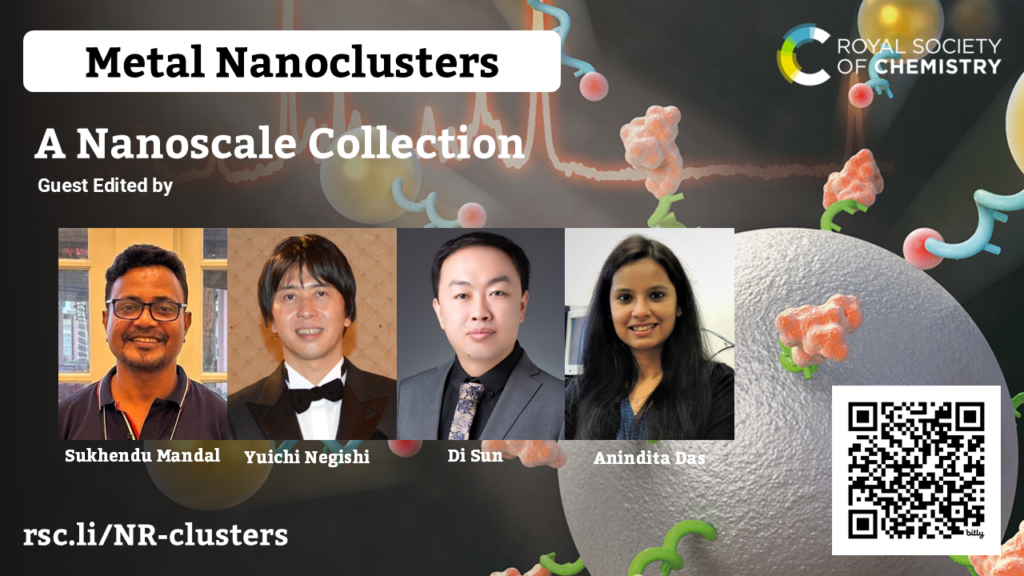

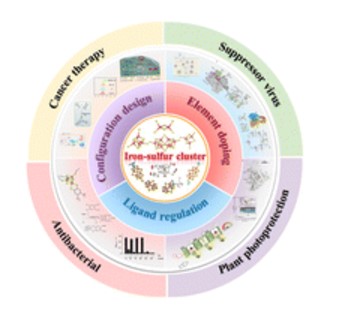
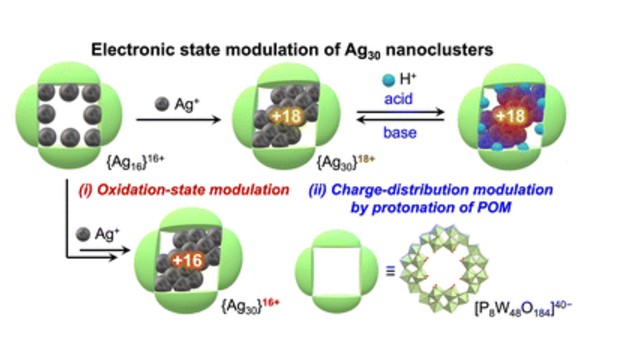
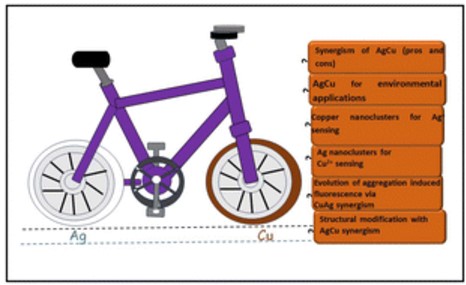
![the graphical abstract image depicting ditopic ligand effects on solution structure and redox chemistry in discrete [Cu12S6] clusters with labile Cu–S bonds](https://blogs.rsc.org/nr/files/2024/12/Screenshot-2024-12-12-065259.jpg)